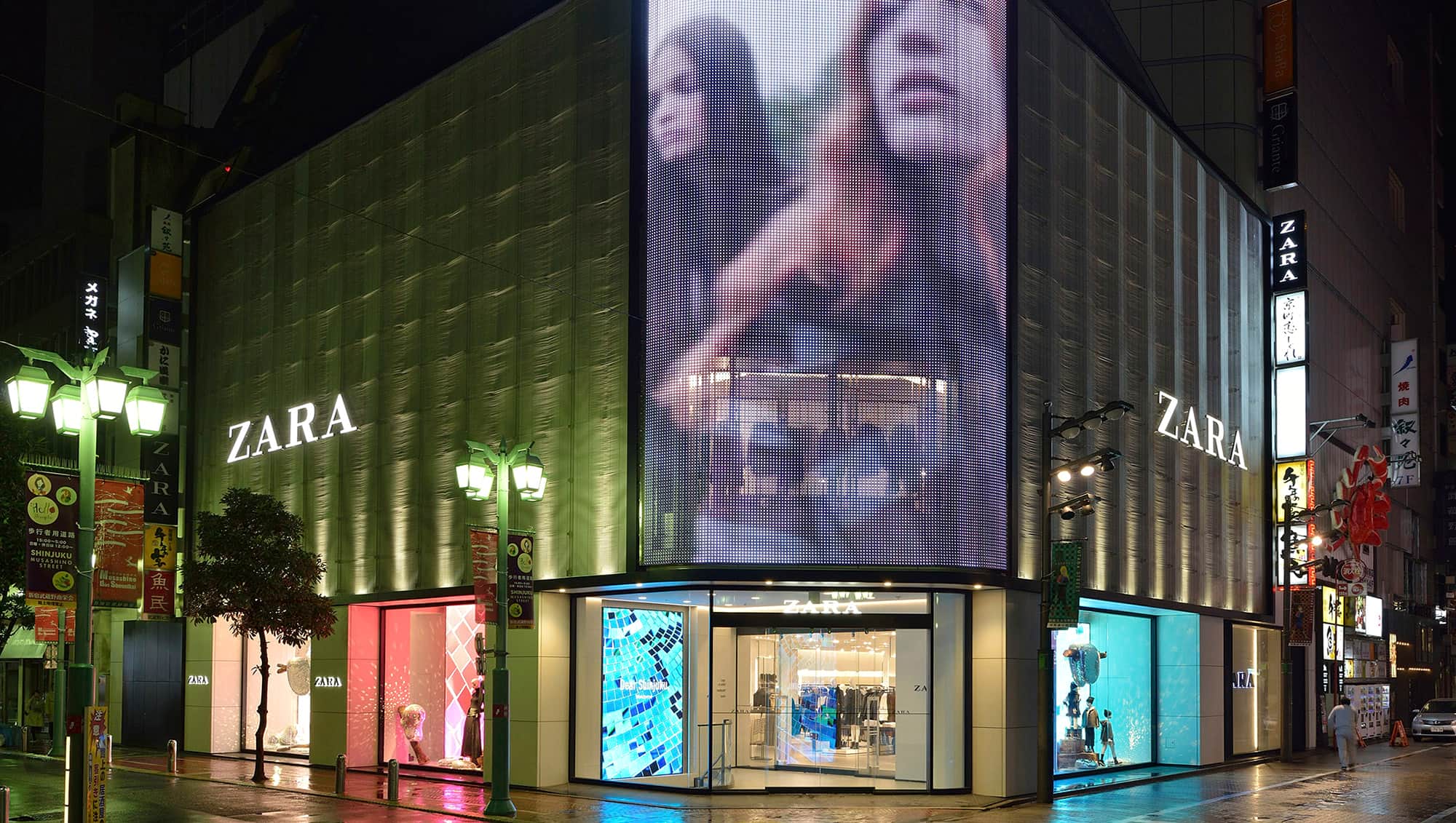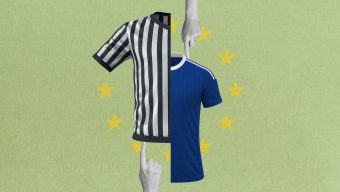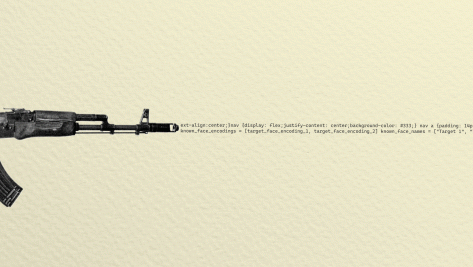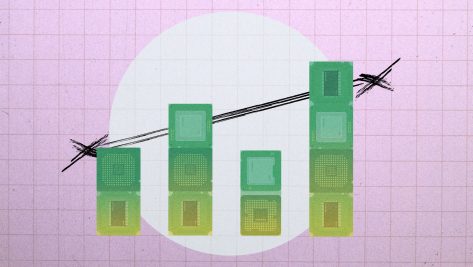Zara’s success is based on a rather unusual premise: its founder, Amancio Ortega, has managed to become one of the world’s richest people without monopolizing a sector. The clothing retailer’s business model leans heavily on technological innovation and user experience. The firm has doubled in size in just ten years, shattering the forecasts of analysts who thought the firm could never achieve such a feat without overhauling its business plan to centralize its processes.
As the flagship brand of the Inditex group, Zara is synonymous with clothing and fashion. The aim of Ortega’s company is to give society what it wants as quickly as possible. Zara therefore changes its collections every two weeks. To put this strategy into perspective, look no further than Mango or Gap: these competitors renew their collections about six times a year. Although most fashion experts consider Zara’s model to be unsustainable—due to its supposed high cost—the company has managed to grow steadily year after year, leaving its competitors in the dust.
Another key element of Zara’s business model is how it manages its stores and manufactures its garments. The same strategy is applied for all locations across the globe, from Argentina to Australia. Zara produces its clothing in limited runs—no more than 8,000 pieces for any particular design. This system allows the company to change its collections quickly. If a particular design sells well, the company manufactures more garments in similar styles, but never exactly the same as the one that originally flew off the shelves. Moreover, thanks to Zara’s sister brands—Bershka, Pull&Bear, etc.—the Inditex group is able to cover all age ranges and styles and maintain an even bigger presence in the textile industry.
Zara’s business model leans heavily on technological innovation and user experience, allowing the firm to double in size in just ten years.
Just like a tech firm
If Zara’s approach is all about manufacturing clothes, how did it become such a clear market leader? And why are its competitors unable to catch up? These questions must be answered from multiple angles. There is no single explanation, just an answer that, a priori, is difficult to imagine. We must come to realize that Inditex is actually a large tech firm. For more than 30 years, Amancio Ortega has been making investments on a scale not seen anywhere else in the fashion industry. In this sense, the company has a five-year lead over all of its competitors. Among other advantages, it has logistical mechanisms that would be nearly impossible for any other firm to copy.
Arteixo, in the Spanish region of Galicia, is the company’s operations hub. This small town is the nerve center for the vast majority of Inditex’s decisions and processes—including tech-related matters, for which the company has built a specific facility. From this headquarters, technology allows Zara’s executives to monitor each store’s ambient temperature, energy consumption, and much more. Indeed, this is one of the keys to Zara’s success: big data. Thanks to data analysis, the company even knows the average weight of residents in each store’s neighborhood. The company uses these figures to determine what sizes of each garment to ship to each establishment. In short, Zara has the predictive capacity to determine what sorts of products will be easiest to sell.
The immediate result of this good technology use is savings in inventory—a major expense for many fashion companies. The company’s investment in big data also allows it to personalize the customer experience. In Madrid, for example, Zara has two stores with barely any overlap in terms of the clothes they sell. The business-oriented location on Paseo de la Castellana is amply stocked with suits and shirts, while the Gran Via store focuses on knitwear for women between the ages of 20 and 40. Data analysis provides the rationale for these strategies. Zara understands the peculiar demand of each neighborhood and knows how to satisfy it. The company is in close contact with the customer’s needs and offers a practically personalized user experience.
The immediate result of this good technology use is savings in inventory—a major expense for many fashion companies.
A nearly physical online experience
It took Zara longer than most other fashion retailers to enter the online channel. Once it overcame this barrier, however, it designed an unparalleled model. Inditex does not view the Internet as a separate channel from its physical stores; it is equally important. Inditex offers its customers the same services through both e-commerce and its traditional establishments. For example, even if a garment is out of stock, the customer can still purchase it and either have it delivered or pick it up at the store. Other firms have tried—without the same success—to copy this omnichannel model.
One of the major challenges that Zara will have to face in the future—besides competing with more e-commerce vendors—is energy sustainability. Statistics clearly show that the textile industry is the second biggest source of pollution worldwide. Technology and big data are now allies: they can find key areas for energy savings and identify recycled materials that offer the same characteristics as new ones. Zara is investing considerable resources in this endeavor. The company is working with universities in Galicia and companies in Switzerland to become more environmental friendly, as this factor will only become more crucial over the coming years.
© IE Insights.











